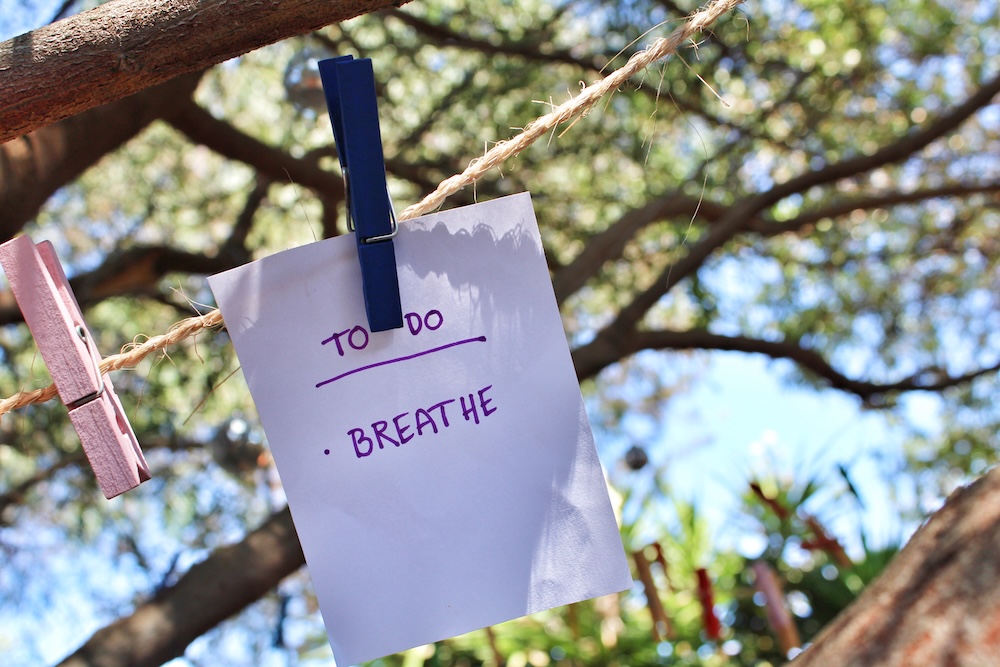Stress is a natural part of life—but chronic stress takes a toll on our mood, sleep, digestion, immunity, and even hormone balance. Fortunately, there are powerful ways to reset, grounded in nature, simplicity, and sustainable living. These eco-friendly strategies don’t just reduce stress—they strengthen your body, support the planet, and align with a mindful, intentional lifestyle.
This guide introduces effective, accessible practices that help you feel resilient, centered, and free—not overburdened by modern stress.
How Stress Impacts the Body
When stress becomes chronic, the body releases excess cortisol and adrenaline, which can lead to:
- Trouble sleeping and lower energy
- Digestive upset, bloating, and inflammation
- Weakened immunity and slower healing
- Mood imbalances, anxiety, or overwhelm
- Hormonal disruption, including blood sugar swings
Natural stress relief is about rebalancing your nervous system and reconnecting with environments and practices that support calm and clarity—without dependency on electronics or toxic shortcuts.
Eco‑Friendly Stress Relief Techniques
1. Forest & Nature Therapy
Also called “forest bathing,” spending time in green spaces:
- Activates the parasympathetic (rest-and-digest) nervous system
- Lowers cortisol, heart rate, and blood pressure
- Boosts mood, creativity, focus, and immune function
How to start: Take a slow walk barefoot through grass or forest; sit under a tree for 15–30 minutes and breathe deeply.
2. Grounding (Earthing)
Direct skin contact with earth (soil, grass, sand) balances your electrical charge and supports stress reduction.
- May improve sleep, reduce inflammation, and boost mood
- Requires no gear—just barefoot time outdoors
- Perfect alongside gardening, outdoor naps, or barefoot strolls
3. Breathwork & Gentle Movement
Techniques like 4–7–8 breathing, box breathing, or slow yoga can:
- Shift the body from fight-or-flight into ease
- Lower cortisol, calm the mind, and relax muscles
Try this: Inhale deeply for 4 seconds, hold for 7, exhale for 8—repeat for 5 minutes, ideally outdoors.
4. Herbal Rituals
Plant remedies offer soothing effects without synthetic chemicals:
- Chamomile tea calms nerves
- Ashwagandha helps modulate cortisol
- Lavender oil (in a diffuser or bath) supports relaxation
- Lemon balm tea uplifts and soothes
These herbs are gentle, supportive, and kind to both body and environment.
5. Digital Detox Zones
Creating no-phone, no-screen spaces supports mental restoration:
- Reduces exposure to blue light, EMFs, and constant notifications
- Encourages presence and connection
- Complements the slow-living lifestyle you’re building
Example: Designate an unplugged corner as your “Zen zone”—no devices, just plants, windows, a journal, and gentle cushions.
6. Sleep Optimization Naturally
Quality sleep is the foundation of stress resilience:
- Open windows or use natural cotton/Bamboo sheets
- Diffuse lavender or sandalwood before bed
- Ground sheets or sleep outdoors when weather permits
- Follow a consistent bedtime routine and avoid screens at night
7. Nourishing & Balanced Nutrition
Food plays a big role in stress support:
- Eat whole foods rich in fiber and micronutrients
- Include adaptogen-rich foods like mushrooms, nuts, leafy greens
- Hydrate with herbal teas and mineral-rich water
- Minimize processed, sugar-heavy, and high-caffeine foods
8. Intentional Environment
Create a calming space that supports peace and renewal:
- Let in natural light, airflow, and living plants
- Use unplugged lighting—candles, solar lanterns, dimmers
- Incorporate sensory elements: soft textiles, natural wood, gentle wind chimes
Building Sustainable Habits
- Start small: Walk barefoot for 5 minutes, sip herbal tea, breathe deeply
- Walk daily: Mindful movement outdoors has compound effects
- Track progress: Journal or track energy, mood, and sleep with each habit
- Involve others: Invite a friend or partner to join your calm routines
- Rotate rituals: Some days call for forest therapy, others for breathwork or reading
FAQs About Natural Stress Regulation
Can walking outside really reduce stress?
Yes—numerous studies show nature walks lower cortisol and mental fatigue.
Is it safe to practice grounding barefoot?
Generally yes—just be mindful of terrain and your local environment.
Do herbs like ashwagandha really work?
Yes—scientific research shows they help balance cortisol, improve resilience, and support sleep.
What if I don’t have time for long rituals?
Even 2–3 minutes of mindful breathing, a cup of tea, or standing barefoot can reset your nervous system.
Is a tech-free zone really worth it?
Yes—reducing screen time fosters deeper relaxation, creativity, and restored presence.
Final Thoughts: Calm by Choice
Stress reduction isn’t about escaping life—it’s about choosing to live deliberately, harmoniously, and with awareness. These eco-conscious practices offer simple yet transformational ways to restore balance—supported by nature, grounded in ritual, and rooted in your own rhythms.
Pick one: walk outside today. Breathe deeply. Unplug. Feel your breath, your feet, the fresh air. Let calm grow from there—and live with intention, grounded in both body and earth.









Reader Interactions